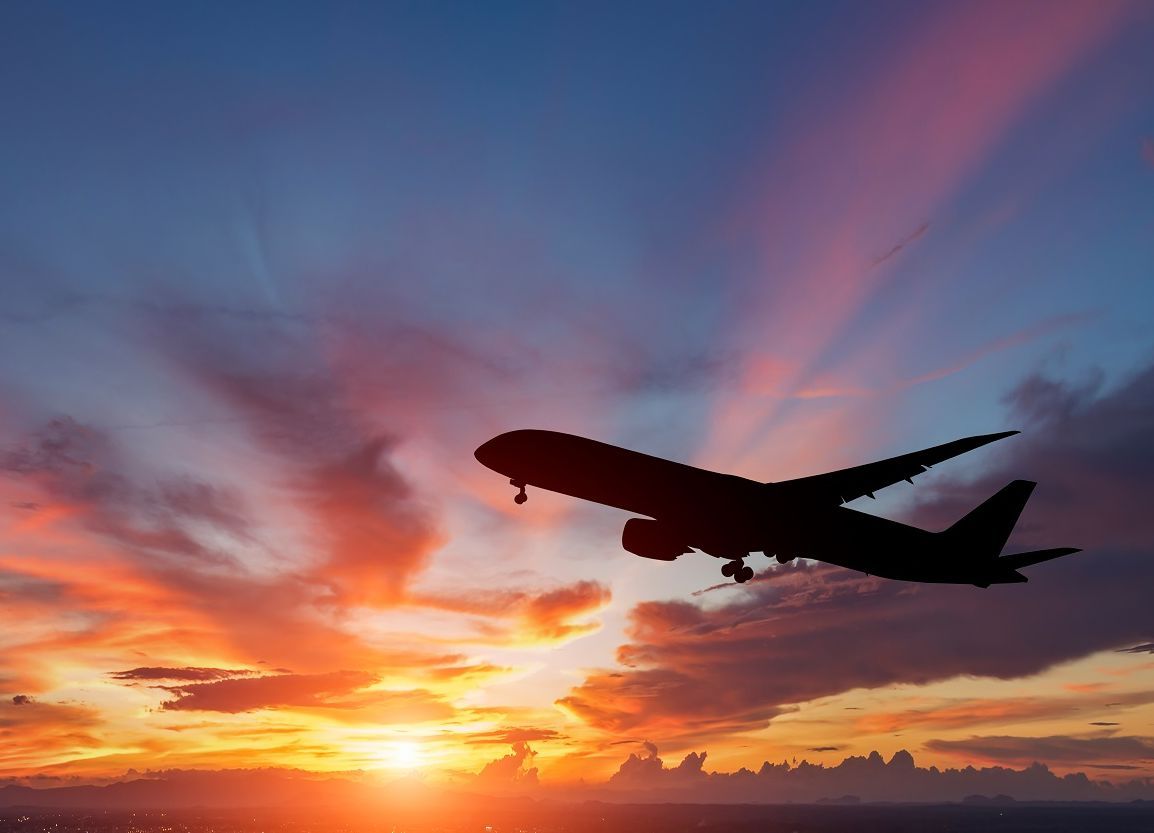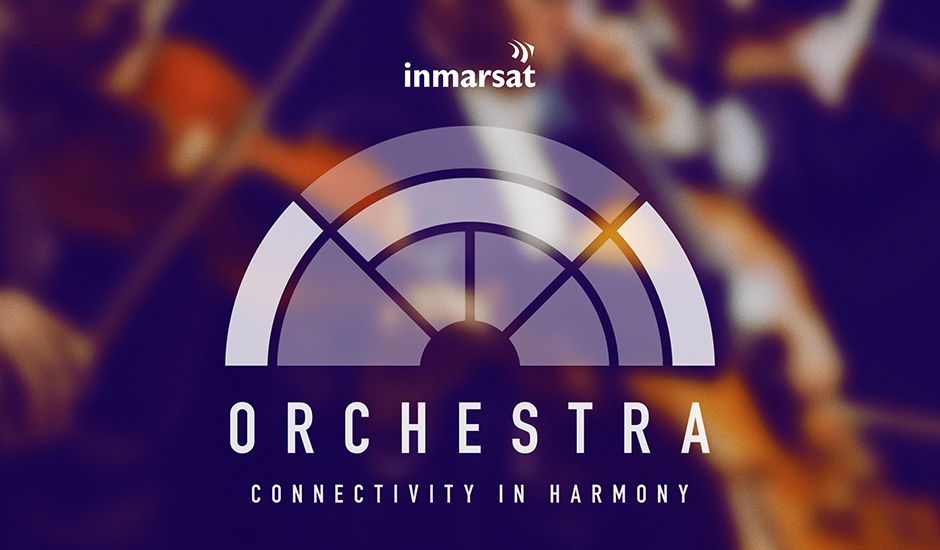UK-based Inmarsat has unveiled plans for a multi-orbit constellation, set to be with us by 2026. The connectivity giant will launch around 150 LEO satellites to support ORCHESTRA, as well as building a ground-based network of 5G connections. The end result will be targeted bandwidth for the most congested areas, and faster, more reliable inflight WiFi right across the world.
Orchestrating the network of the future
The race to connect the world’s aircraft has seen companies diverging in various directions. Terrestrial air-to-ground (ATG) networks are proven to be good performers for regional flights, while geostationary (GEO) networks have been better for intercontinental services. Then there’s the emerging low-Earth orbit (LEO) segment, which promises to drive speeds up and latency down.
While some operators are already taking bets on which way the future of connectivity will fall, one company is forging a path to leverage the benefits of all of these solutions in one exemplary package. UK-based Inmarsat revealed this week that it will seamlessly integrate LEO, GEO and terrestrial 5G to produce one harmonious solution it calls ORCHESTRA.
Rajeev Suri, CEO of Inmarsat, commented,
“An orchestra brings different instruments together, each supporting the other and playing its role in the masterpiece. We’re building ORCHESTRA on the same concept. By combining the distinct qualities of GEO, LEO and 5G into a single network, we will deliver a service that is far greater than the sum of its parts.
“Our customers will benefit from dramatically expanded high throughput services around the world. This is the future of connectivity and Inmarsat is perfectly positioned to bring it to the world with its proven technology expertise, right base of customers and partners, and financial strength.”
[EMBED_VIMEO]https://player.vimeo.com/video/580391507[/EMBED_VIMEO]
Having this hybrid approach to connectivity will enable Inmarsat to deliver extra bandwidth to the most congested spaces. Busy flight corridors or areas near major airports will benefit from the boost provided by LEO, while those overflying landmasses will be able to connect to its 5G ATG network.
Inmarsat has a strong track record of delivering hybrid connectivity solutions. Its European Aviation Network (EAN) combines the ground network of Deutsche Telekom with Inmarsat’s powerful GX network for short-haul flights around Europe. ORCHESTRA is set to take this to a whole new level.
New blood in the LEO market
To form ORCHESTRA, Inmarsat plans to add at least 150 LEO satellites to its orbital fleet, making it the latest entrant in the hotly contested low-Earth space. Going head to head with fellow UK-based OneWeb and other operators such as SpaceX, the project will see Inmarsat entering a whole new world of connectivity provision.
The investment for the LEO constellation sits at around $100 million, and will be delivered over the next five years, with the fleet set to join the network in 2026. By that time, Inmarsat will also have added seven more satellites to its existing fleet of 14, including two highly elliptical orbit (HEO) spacecraft.
Prior to this, Inmarsat is focused on delivering the terrestrial network for Orchestra. Suri added,
“ORCHESTRA ensures Inmarsat is well positioned to deliver long-term, profitable growth by delivering new services to existing customers, targeting near-adjacent market segments, and maintaining a strong competitive position. We have a record of adopting the right technology at the right time.
“We plan to focus initially on delivering the ORCHESTRA terrestrial network, while preparing for a future LEO constellation in the range of 150-175 satellites. This is a highly cost-effective approach that leverages Inmarsat’s leading GEO satellite networks as part of ORCHESTRA’s unique multi-layer architecture.”
For some time, multi-orbit has been eyed as the potential future for inflight connectivity. Now, Inmarsat is set to bring all the benefits of such a product to aviation, something which could be a gamechanger in years to come.
This article is brought to you by Simple Flying Connectivity, a category on Simple Flying dedicated to inflight connectivity. Click here to read all of our inflight connectivity content.



